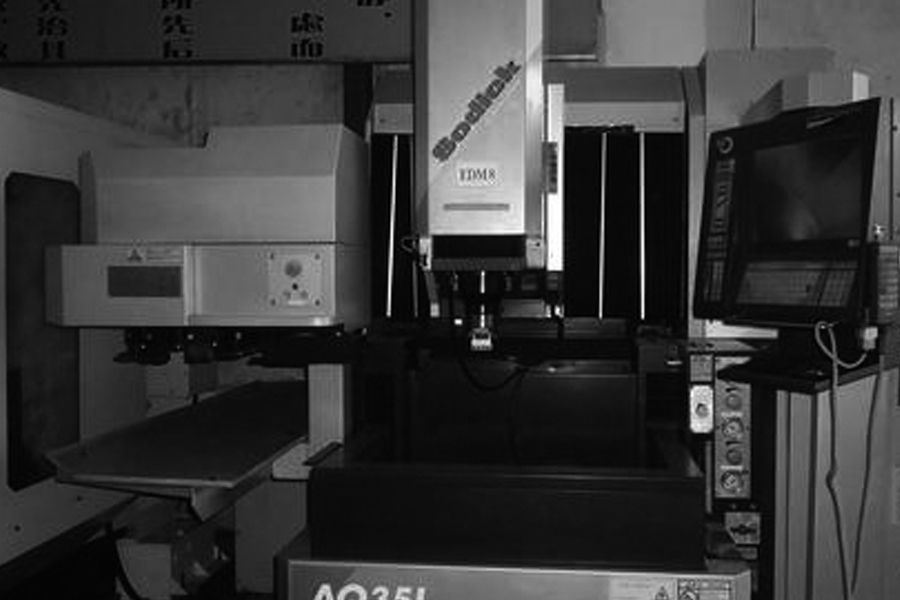There are many obvious abnormalities in CNC lathes, but in some economical CNC systems, there is no alarm. Even if an alarm occurs sometimes, the alarm information indicates that it is not the alarm that you have seen abnormal phenomena. An obvious example is the crawling and vibration of machine tools. When the CNC lathe is running at a low speed, the machine tool table is creeping forward; when the machine tool is running at a high speed, vibration occurs.
The impact of CNC lathe vibration on parts:
It is common for CNC lathes to vibrate while working. Machine vibration not only distorts the geometry and size of the workpiece, but also leaves vibration lines on the processed surface, reducing accuracy and surface finish, and exacerbating the coldness of the metal surface In the circumstances, the durability of the tool will also drop sharply during vibration, and even lead to the collapse of the blade. This problem is especially serious for the carbide tools and ceramic tools that are relatively brittle. After the machine tool vibrates, the operator is often forced to reduce the amount of cutting, thus limiting the productivity of the machine tool. In addition, in the automatic line of machine tools, as long as a machine tool vibrates and is forced to suspend operation, it will disrupt the rhythm of production and cause chaos in the production process. Visible machine tool vibration is an important issue that must be paid attention to.
With the rapid development of science and technology, higher requirements have been placed on the manufacturing accuracy and surface quality of machine tool parts, so that the research of machine tool vibration has become an important issue that must be faced by the research, production and use of machine tools. The purpose is to explore the causes of machine tool vibration, and seek to prevent and eliminate machine tool vibration, in order to develop machine tools with better vibration resistance.
Generally speaking, the vibration classification of CNC lathes has two major categories:
- 1. Forced vibration;
- 2. Self-excited vibration.
On CNC lathes, milling machines and grinders, the forced vibration of the rotary spindle system is often seen, and its frequency depends on the speed of the rotary spindle system (it is also related to the number of teeth of the milling cutter during milling). There are many types of self-excited vibration on the machine tool, such as the torsion or bending self-excited vibration of the rotating spindle (or contact with the workpiece or the tool) system; the bending or torsion of the support of the machine tool bed, column, crossbeam Excited vibration; there are relaxation friction self-excited vibration (commonly known as crawling) that occurs when moving parts such as workbenches operate at low speeds. This kind of self-excited vibration that is manifested as a strong relative vibration between the tool and the workpiece during the metal cutting process is generally called “flutter”.
